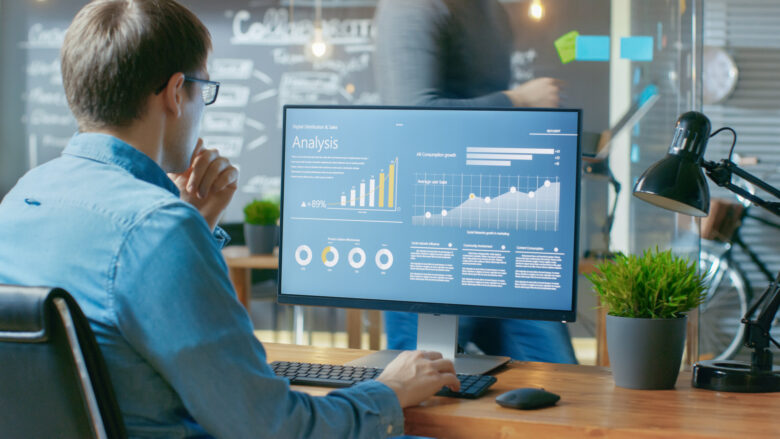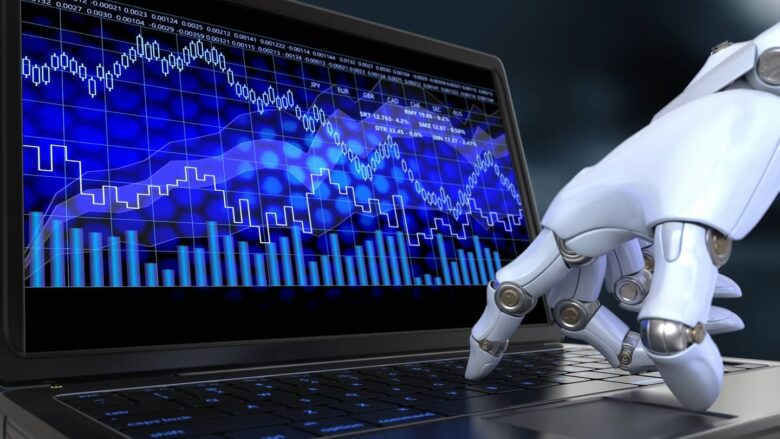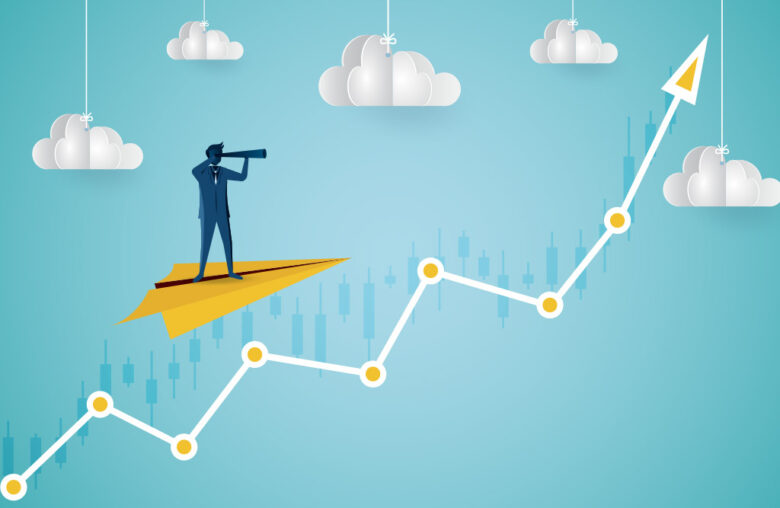Automated trading introduced a real revolution in the finance market. Thus, trading is fast, efficient and really accurate, and precise. Technologies are advancing every day, and thus it can be said that the financial sector is rising with each passing day. We can compare the whole process to turbulent waters because sometimes things change so quickly that it is impossible to keep up with them.
But that’s why this article is here to help you start your journey. Maybe you can’t expect miracles, but you can certainly rely on various analyzes and tips in order to be able to use platforms like Immediate Edge and similar ones.
How is that process going?
Let us take you through the basics and prove that finance trading doesn’t have to be complicated, no matter how volatile it is.

Source: districtdatalabs.com
Contents
1. Opportunities in automated trading
In the beginning, we focus on the possibilities that automatic trading offers you. First, you can set up services and define how the entire process is automated. In this way, you no longer have to deal with the delays involved in manual trading.
With the help of the data analysis algorithm, you can perform even after several automatic transactions, and here we are talking about time periods of only a few milliseconds. In addition, the chances of human error are small – but for such a thing not to happen, you need to set and define the commands well.
Why is that?
Trading decisions driven by fear, greed, or other emotions can lead to poor outcomes. With the help of automation, the influence of any human emotion that could lead to an unwanted result is excluded.
What we like the most is the criteria contributing to smooth market functioning. Furthermore, you get advanced analytics with real data, allowing you to place even better orders and potentially have higher profits.
2. Challenges in automated trading
Automated trading has many benefits, which we explained in detail in the previous paragraph. Of course, that doesn’t mean there aren’t certain challenges you’ll face throughout the process. On the contrary, your first challenge is providing a fast and robust technological infrastructure and a stable internet connection.
It involves transferring a lot of data and monitoring live changes, so your average computer and internet service may not be up to the challenge. Downtime or technical failures can have severe financial consequences, making technological resilience a top priority. But what is up to you to do?
First, make a risk management plan. With that, you must constantly control what is happening to detect risks in time and avoid them. But you may wonder, how is this a sophisticated approach when the human factor is still relevant?
Don’t forget that whatever you need to set is always up to you. Algorithms and automation rely on your commands. And surely you are aware that you must take all the risks in advance. Market volatility, algorithmic glitches, and unexpected events can lead to substantial losses. Is this not enough for you to understand the importance of risk management?
Of course, there are many regulatory ambiguities here, as well as ethical concerns related to the automation of processes. The speed and volume at which algorithms execute trades raise questions about fairness and the potential for market abuse. This means that even when you rely on automation, you should be moderate about it all.

Source: admiralmarkets.com
3. Concepts and strategies you need to know
Auto trading is not easy, but you need a lot of effort to master the technical challenges. High-frequency trading (HFT) and algorithmic trading are widely used, leveraging complex algorithms to execute trades at lightning-fast speeds. Machine learning, as well as popular artificial intelligence, can help you in the whole process. In fact, there are even jobs where employees develop sophisticated algorithms to make the automation as good as possible and adapt to market conditions.
Of course, you should also be aware of something called statistical arbitrage. This is about certain differences that are foreseen between the mathematical approximation and the real results. There is always some difference between what you would calculate using available data versus patterns based on historical data. Sometimes machines can’t consider those exceptions, and even if they were perfect, you should always rely on their capacity with a grain of salt.
4. The impact and future trends
The impact is greatest on traders, who, in addition to being able to automate the entire process, reduce costs and focus on strategy, can also manage risks and improve their performance in general.
The future is really interesting to think about. We are witnessing a huge number of changes in the market in real time. That is why we believe the future cannot be predicted now and immediately, but there are certainly so many changes that would be interesting to observe. Automation will likely expand beyond equities into other asset classes, including bonds, commodities, and cryptocurrencies – yet everything will remain transparent.

Source: macarta.com
Final thoughts
We hope that you will not mind today that we will elaborate on the conclusion much longer than usual. However, the topic is complex, and even the article itself has many terms that we do not encounter every day.
Automated trading offers enticing opportunities for traders, investors, and financial institutions, and that’s what we see every day. Improvement of all activities, greater liquidity, and efficiency this is exactly what we expect as we swim in these wild waters. Of course, the human factor plays a role in risk management, compliance, and ethical concerns.
When you understand the challenges and benefits, you will be able to fully engage yourself in the process and understand the financial landscape – even as it evolves and changes significantly on a daily basis.
And now, we can confirm you’re ready to get used to this market, embrace the everyday changes, and be the best at what you do. It only takes time and patience until you master all the steps and start making profits out of your trading activities.
